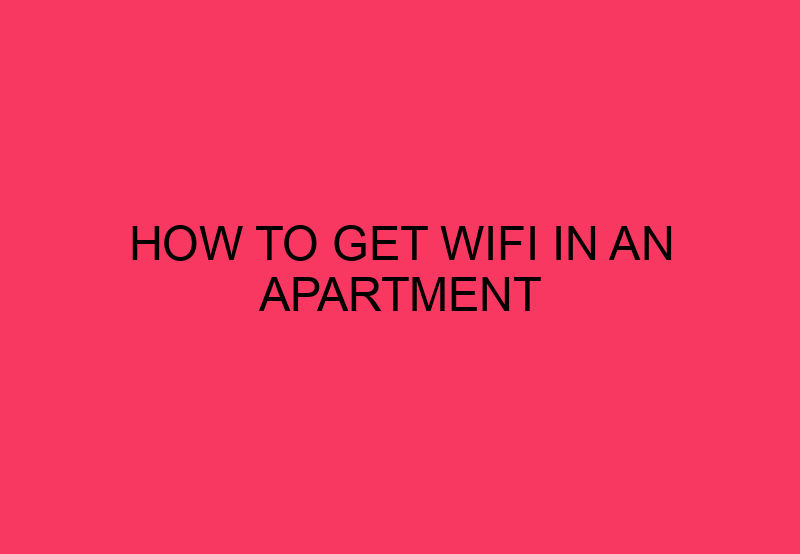1. Assessing Your WIFI Needs
When you are looking to set up a WIFI connection in your apartment, the first step is to assess your WIFI needs. Determine the number of devices that you plan to connect to the internet, and what kind of activities you will be doing. If you are someone who streams a lot of movies or plays online games, then you need a high-speed connection that offers a large data allowance. While if you only plan to use the internet to browse websites or check emails, then a lower-speed connection could suffice.
2. Choose the Right Internet Service Provider
Choosing the right internet service provider (ISP) is the next step. It is important to evaluate the different ISP options in your area and compare them. Consider factors such as installation charges, monthly rates, and the download and upload speeds provided. You should also read reviews of the ISPs to find out their customer service policies, and whether they have any additional offers or packages that you can avail.
3. Choose the Right Router or Modem
Once you have chosen your ISP, you will need to choose the right router or modem. You can either purchase your modem, or rent it from the ISP. It is important to keep in mind the internet speed requirements in your apartment while choosing a router or modem. If you have a larger apartment or require a broader range, then you need a router with wider coverage.
4. Install and Set Up the Router or Modem Correctly
After purchasing the router or modem, the next step is to set it up correctly. First, plug in the router or modem to the outlet and also into your computer using the ethernet cable. Once the router is plugged in, ensure that you follow the instructions carefully to set it up. If you are not comfortable with setting it up yourself, you can seek help from professionals.
5. Securing your WIFI Network
Lastly, once the router is installed and set up, it is crucial to secure your WIFI network. A password-protected WIFI keeps your network secure and ensures that no one can access your connection. You can also disable the SSID (Service Set Identifier), which is the name of your WIFI network broadcasting to the public. It is important to choose a strong password, with a combination of numbers, letters, and special characters to minimize the possibility of getting hacked.
In conclusion, getting WIFI in your apartment can be a straightforward process if you evaluate your needs, choose the right ISP, router or modem, set it up correctly, and secure your network. By following these steps, you can have strong and stable WIFI connectivity in your apartment that meets your internet requirements.
